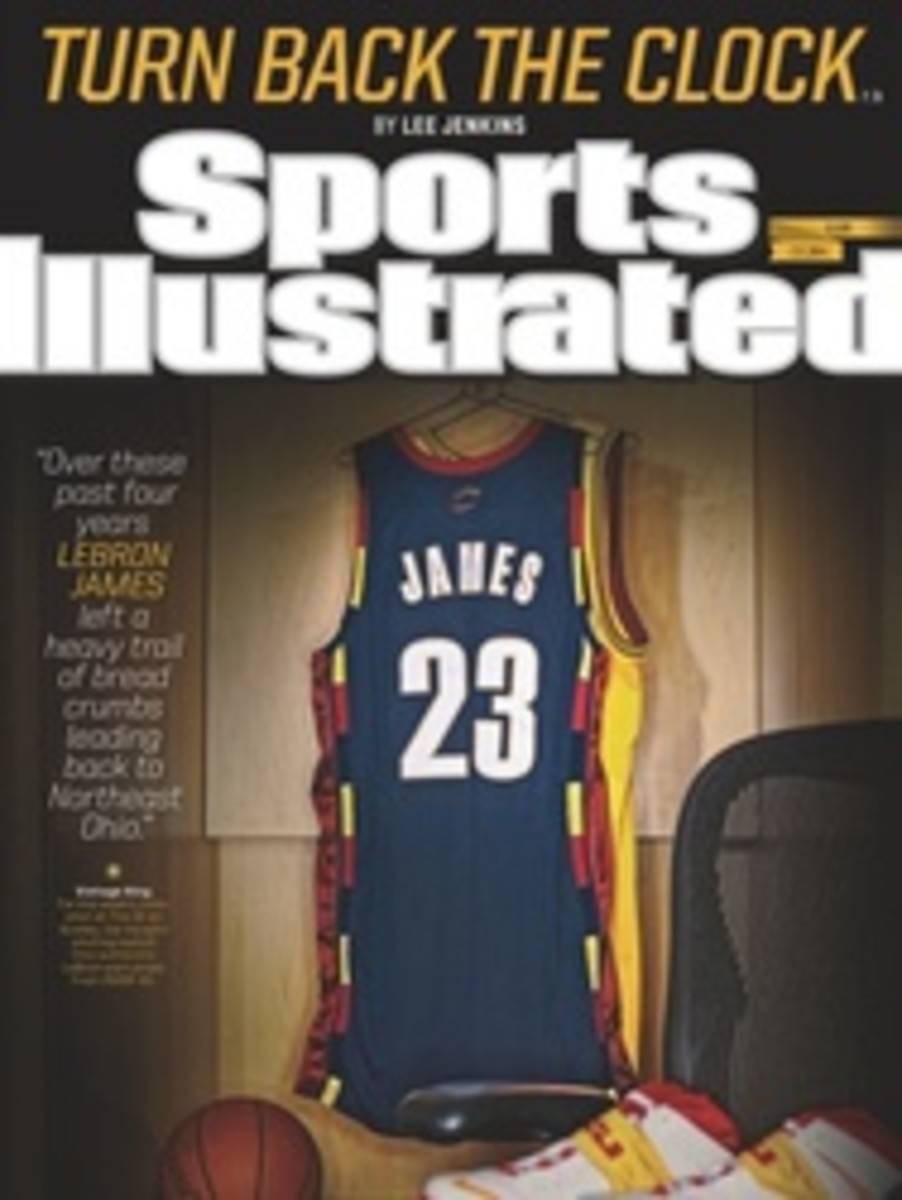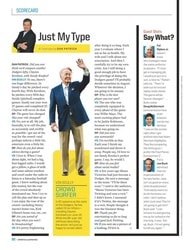
BREWERS
IN THE annals of baseball-card design there is nothing more discordant—and amazing—than the 1987 Topps Future Stars. Wood-grain borders clashing with a starburst of rainbow-gradient script! I was certain that the artist's dual influences were my Wisconsin basement and the logo for PSA series The More You Know. But How Little I Knew, as a six-year-old Brewers fan, about having reasonable expectations for catching prospects. Upon acquiring B.J. Surhoff's Future Star, I believed that the No. 1 pick from the 1985 draft was destined for a place on Mount Bratmore.
Surhoff didn't become an All-Star until 1999—and by then he was playing outfield for the Orioles. Milwaukee cycled through 42 backstops between '87 and the May 2010 call-up of Jonathan Lucroy. He'd been the 101st draft pick in '07, and Topps didn't even include him in its main '10 set. I recall the details of Lucroy's first start solely because of its awkwardness. He was catching 12-year veteran Randy Wolf, who insisted on a cryptographic, paranoid system of gesture-based signs. Wolf's visible frustration as Lucroy struggled to grasp said system resulted in a series of painful mound visits.
After that game, which Milwaukee won 6--1, Lucroy sought counsel from his mentor, Charlie Greene, the Brewers' minor league catching instructor. "He sounded mentally drained," Greene says. "I just told him, 'There'll be better days.' " But even Greene didn't grasp how much better: that by 2014, Lucroy would be the sports' best all-around catcher, making his first All-Star Game on the value of his glove—and his .879 OPS.
Greene had overhauled Lucroy's defensive approach in his first pro instructional camp, in Helena, Mont., in 2007. Lucroy was sitting in a high stance, with a straight back, which resulted in unnecessary movement. "I just had him sit low, quiet down and let his hands do the work, beating the ball to the spot," Greene says. Lucroy took to it so well—sitting with his butt just off the dirt, keeping his body still upon arrival of the pitch—that minor league umps told Greene the kid was a distraction-free pleasure to work behind.
This led Greene to suspect what PITCHf/x-based studies later confirmed: Lucroy has remarkable influence on the lower zone. His ability to earn far more called strikes than an average catcher, as well as to block balls in the dirt, is part of why he's quietly been worth an impressive 4.1 WAR in 2014.
Should you ever ask Lucroy about his craft, do not call it pitch framing. "It's receiving," Lucroy told me. "Framing is what a high schooler does to try to trick the ump. I'm just receiving it as still as possible and giving the ump a good look." His skill is not subterfuge. It's the absence of noise.
PHOTO
JUSTIN BERL/ICON SMI

